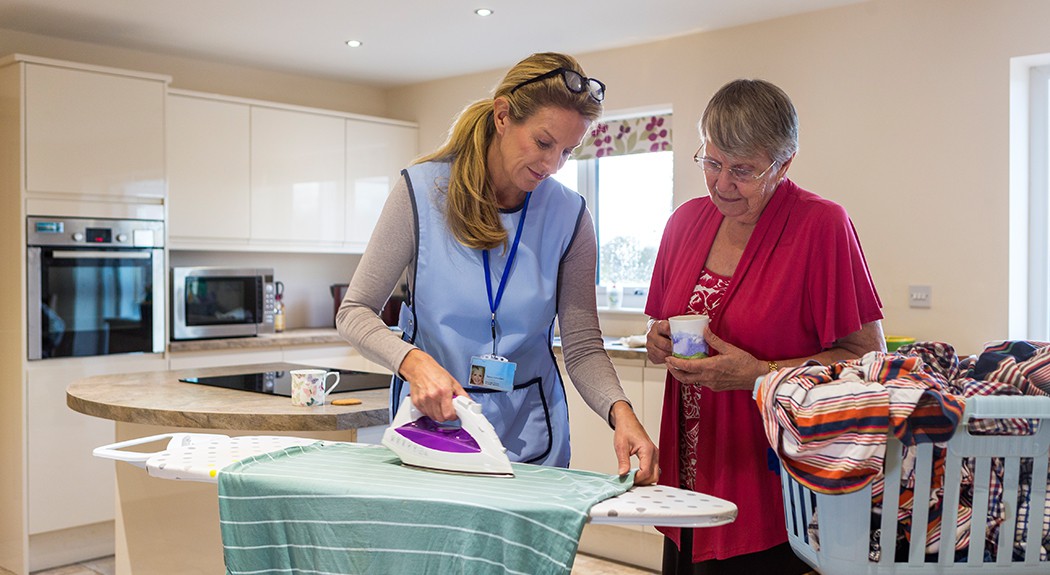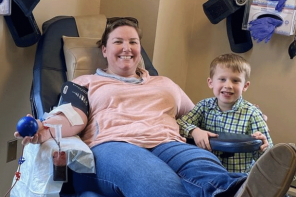Appointments. Hospitalizations. Emergency room visits. Tests. Procedures. Medications. Injections. Tubes. Specialists. Primary care. When you have a complex and serious illness, navigating the health care system can be a confusing and frustrating experience. Yet it doesn’t have to be.
Perhaps you have been in the hospital recently, or you have a new diagnosis of a serious illness, or your chronic condition is not under control. Your physician may have asked for help in helping you. This help has come in the form of community care navigation.
What is the nature of this help, and what can you expect?
A community care navigator helps you understand, cope with, and master what is happening with your health. Community care navigation helps you to restore your personal wellbeing, reach your treatment goals, and maintain independence.
Community care navigation happens during and between doctors’ office visits and hospital stays. Your relationship with your community care navigator may last weeks or months. Services are tailored to your needs, and may include managing medications, accessing benefits, coordinating care that you receive from multiple doctors, building self-management skills, and a host of other activities.
Services often include in-person visits, either at your home or a location you choose. The community care navigator is a skilled professional who will identify your goals of care and how you want to reach them, in a way that makes sense to you and your family. She or he maintains contact with your physicians and may accompany you to appointments.
What else does a community care navigator do?
Community care navigation complements other services you may receive, like home health nursing. Home health nursing provides technical assistance like IV therapy, wound care, and physical therapy: services that are billed to you or your insurance company. In contrast, community care navigators create a coaching relationship with you and your family, helping you regain wellness and self-sufficiency. Typically there is no bill to you or your insurance company.
Across the country, community care navigation has become routine and expected for those of us coping with complex, chronic illnesses. Hospitals commonly work with care partners in the community to provide these services.
How do you access community care navigation? Usually your physician, whether at the hospital or her practice, will recommend that a care navigator connect with you. You might meet with the care navigator before you leave the hospital or practice. If not, this care navigator will reach you by phone and will describe her or his services. You will be asked if you would like to receive services. You reserve the right to decline them.
Those who receive community care navigation services are often able to maintain independence and improve their conditions by gaining access to benefits that otherwise were unknown or inaccessible to them. By partnering with a community care navigator, you are taking charge of your health and your future. Patients who have received these services are quick to recommend them to friends and family.
Should your doctor recommend community care navigation to help you master a chronic and complex illness, consider this to be an opportunity to maintain and enhance your personal wellbeing and your ability to direct your health care choices.
If these services haven’t yet been offered to you, and you feel that community care navigation would help, speak up and ask your doctor to access these services for you.
Locally, AAMC is providing physicians in its Collaborative Care Network access to community care navigation services that are free of charge. As part of a shared vision, Living Healthier Together, AAMC has partnered with the local medical community to improve wellbeing for individuals and families coping with complex, chronic illnesses.
 Patricia Czapp, MD, is chair of clinical integration at Anne Arundel Medical Center.
Patricia Czapp, MD, is chair of clinical integration at Anne Arundel Medical Center.




